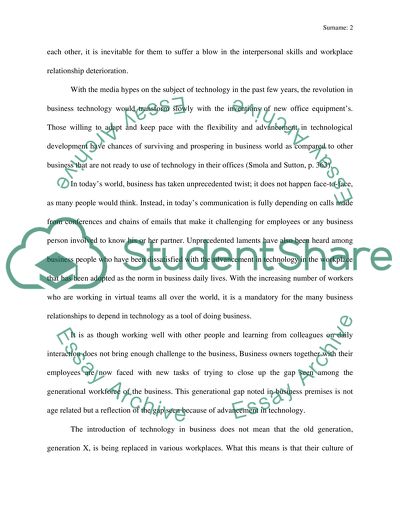Cite this document
(“Generational Differences About the Use of Technology in the Workplace Research Paper”, n.d.)
Retrieved from https://studentshare.org/human-resources/1660300-generational-differences-about-the-use-of-technology-in-the-workplace-and-what-public-managers-can-do-about-it
Retrieved from https://studentshare.org/human-resources/1660300-generational-differences-about-the-use-of-technology-in-the-workplace-and-what-public-managers-can-do-about-it
(Generational Differences About the Use of Technology in the Workplace Research Paper)
https://studentshare.org/human-resources/1660300-generational-differences-about-the-use-of-technology-in-the-workplace-and-what-public-managers-can-do-about-it.
https://studentshare.org/human-resources/1660300-generational-differences-about-the-use-of-technology-in-the-workplace-and-what-public-managers-can-do-about-it.
“Generational Differences About the Use of Technology in the Workplace Research Paper”, n.d. https://studentshare.org/human-resources/1660300-generational-differences-about-the-use-of-technology-in-the-workplace-and-what-public-managers-can-do-about-it.


